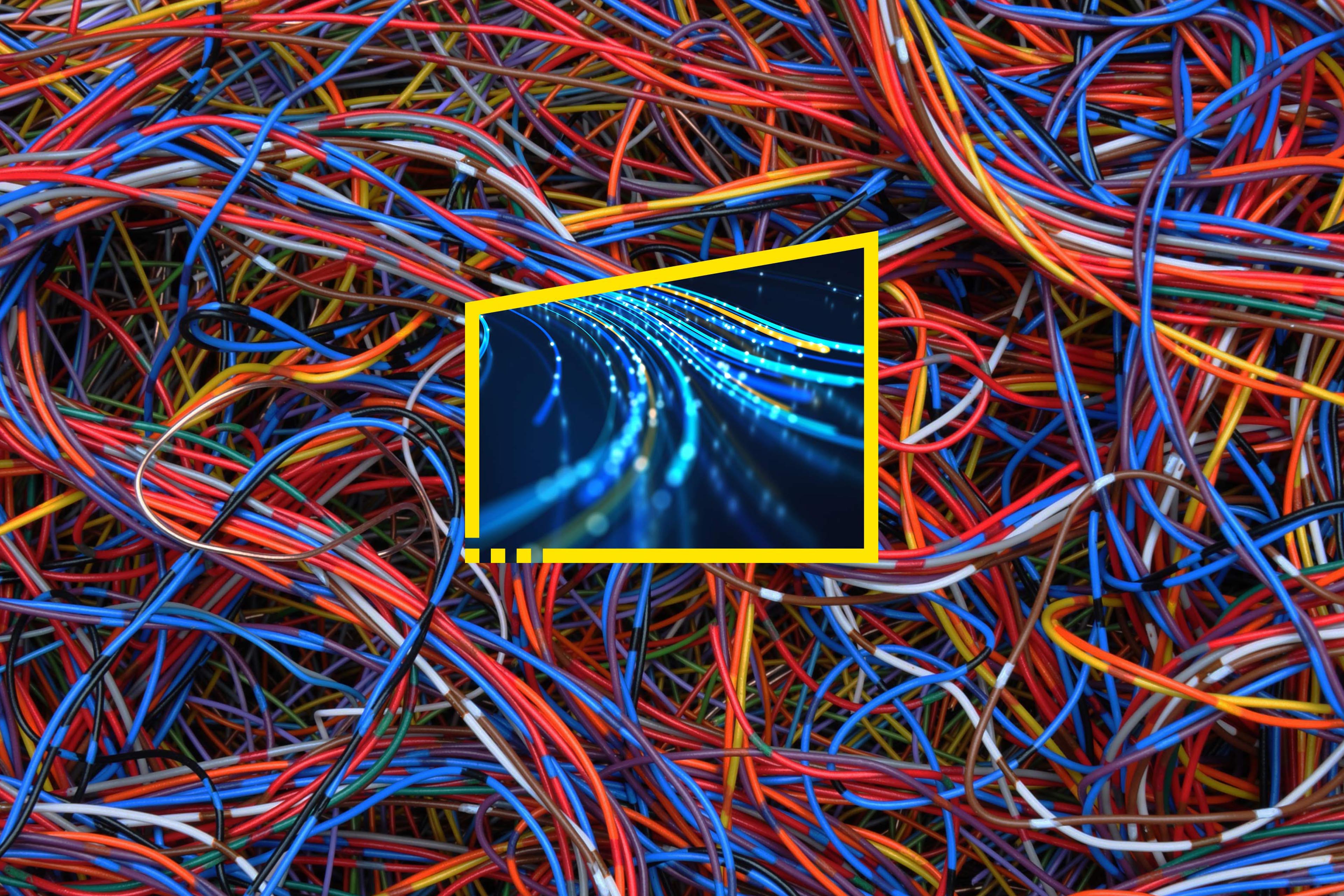EY refers to the global organization, and may refer to one or more, of the member firms of Ernst & Young Global Limited, each of which is a separate legal entity. Ernst & Young Global Limited, a UK company limited by guarantee, does not provide services to clients.
How EY can help
-
Family Office Advisory Services offer domestic and cross-border tax services to high net worth individuals and families.
Read more
It’s important to understand that three topics often blur together under the banner of “technology”: hardware such as laptops and networks, the software and applications you run on that hardware, and the cybersecurity that protects it all. Together, the three act as legs of a stool, providing the balance to turn modern-day strategies into action — but they each require distinct expertise and frameworks, encompassing different vendors.
“Family offices must approach technology with an understanding of the interplay between these three facets, guided by an overarching vision,” said Bobby Stover, EY Americas Family Enterprise and Family Office Leader. “In technology, the consequences of inaction can be steep, yet a lack of clarity about what exactly you are hoping to achieve can be just as costly.” For instance, one family office developed a custom technology application to address operational needs — yet its internal server design rendered its performance (and therefore user adoption) lower than anticipated.
Specifically within the cybersecurity realm, the Wharton GFA survey reveals that information security and cyber risks are among the top three challenges that respondents cite in delivering holistic risk management to family members. And today’s landscape is fraught with risk: in the EY 2023 Global Cybersecurity Leadership Insights Study, organizations said they face an average of 44 significant cyber incidents a year, and 75% of respondents say it takes six months or longer on average to detect and respond to an incident. In the past five years, the known number of cyber attacks has surged about 75%.¹ Fallout from a cyber event includes:










